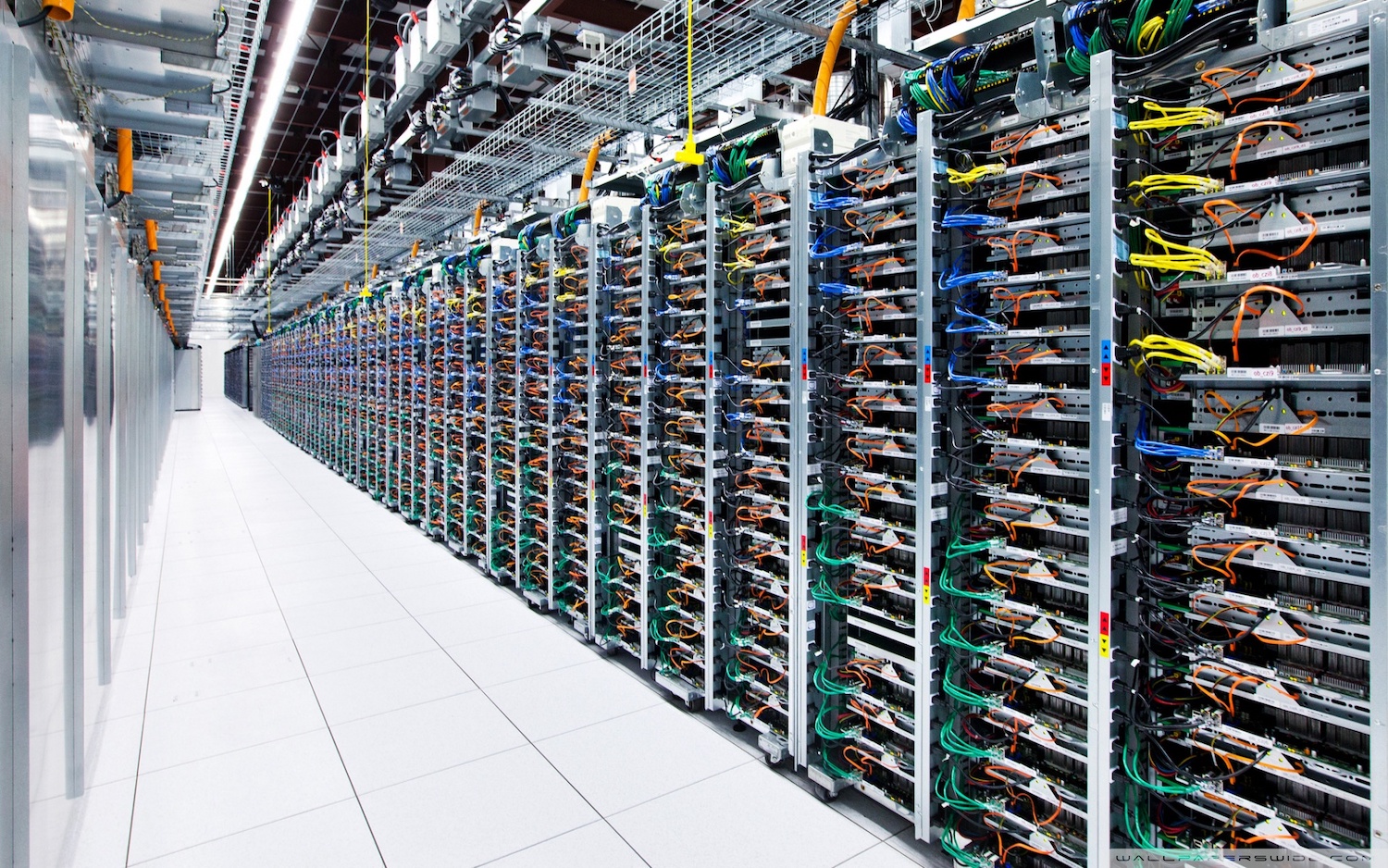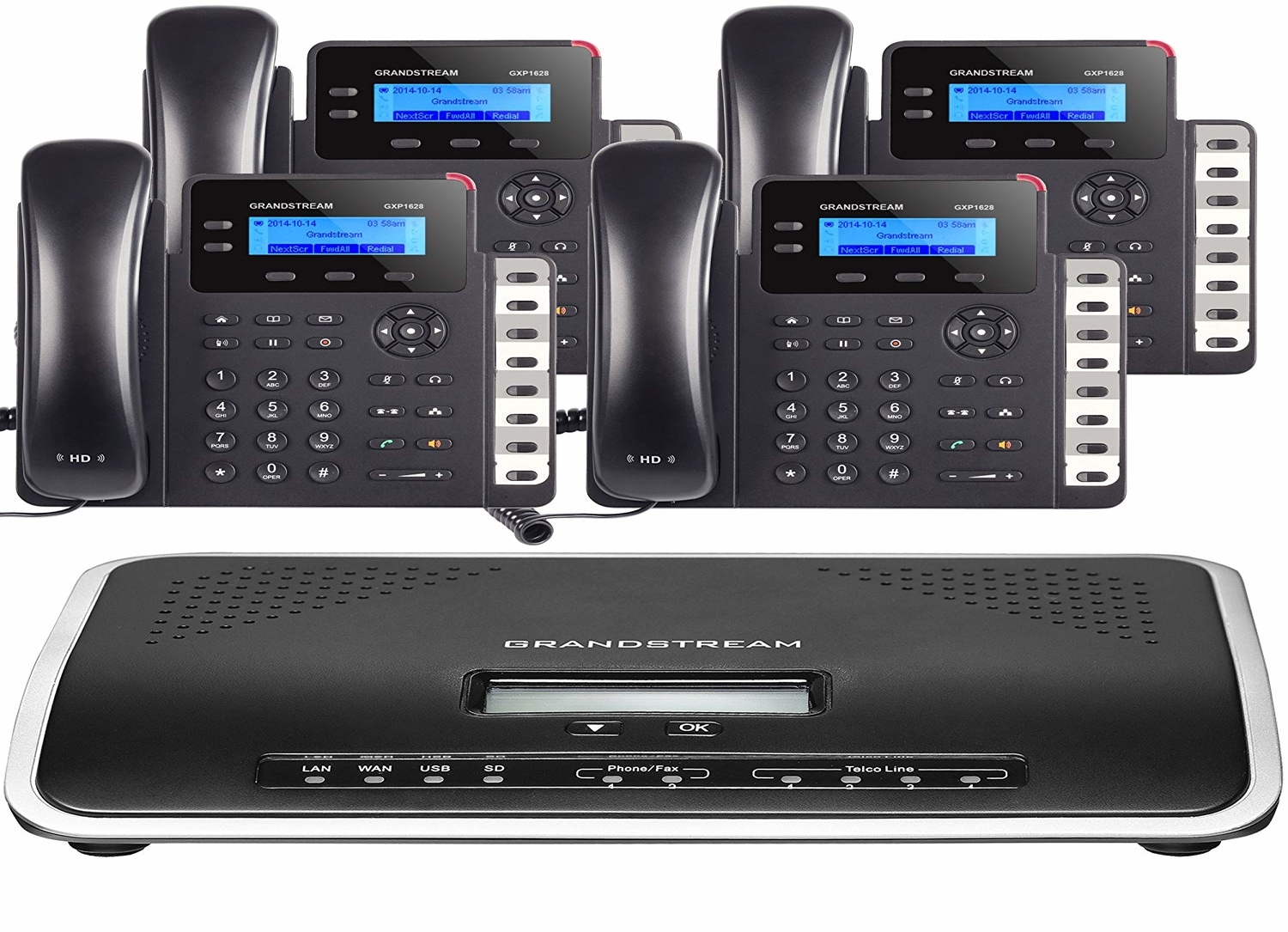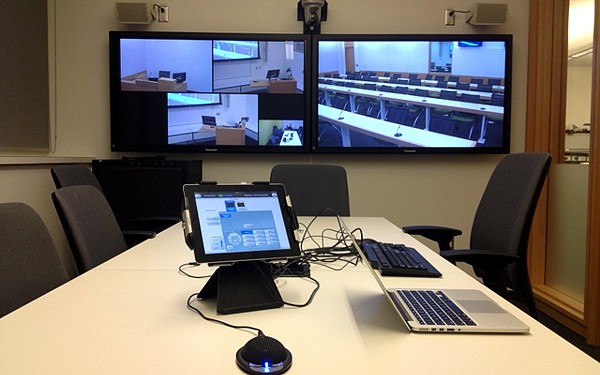
Network Infrastructure
A well-designed and properly maintained IT network infrastructure can help increase productivity, improve communication, and support business growth.
IT network infrastructure includes the following components:
- Network hardware
- Network software
- Structured Cabling
- End-user devices
- Servers

IP-Telephony (Voip)
IP-telephony can provide many benefits to organizations, including cost savings, improved functionality, scalability, and integration with other business systems, making it a valuable technology for companies looking to enhance their communication and collaboration capabilities.
IP-telephony can help remote workers (working from home staff) stay connected and productive, regardless of their location, by providing a reliable, flexible, and cost-effective means of communication and collaboration.

Audio-visual (AV)
AV technology can include equipment such as speakers, microphones, projectors, screens, lighting systems, and control systems that are used in a variety of settings, such as conference rooms, classrooms, entertainment venues, and homes. The purpose of AV technology is to enhance the communication of information, entertainment, and ideas through the use of sound and images.
AV technology has become increasingly sophisticated in recent years, allowing for high-quality, immersive multimedia experiences